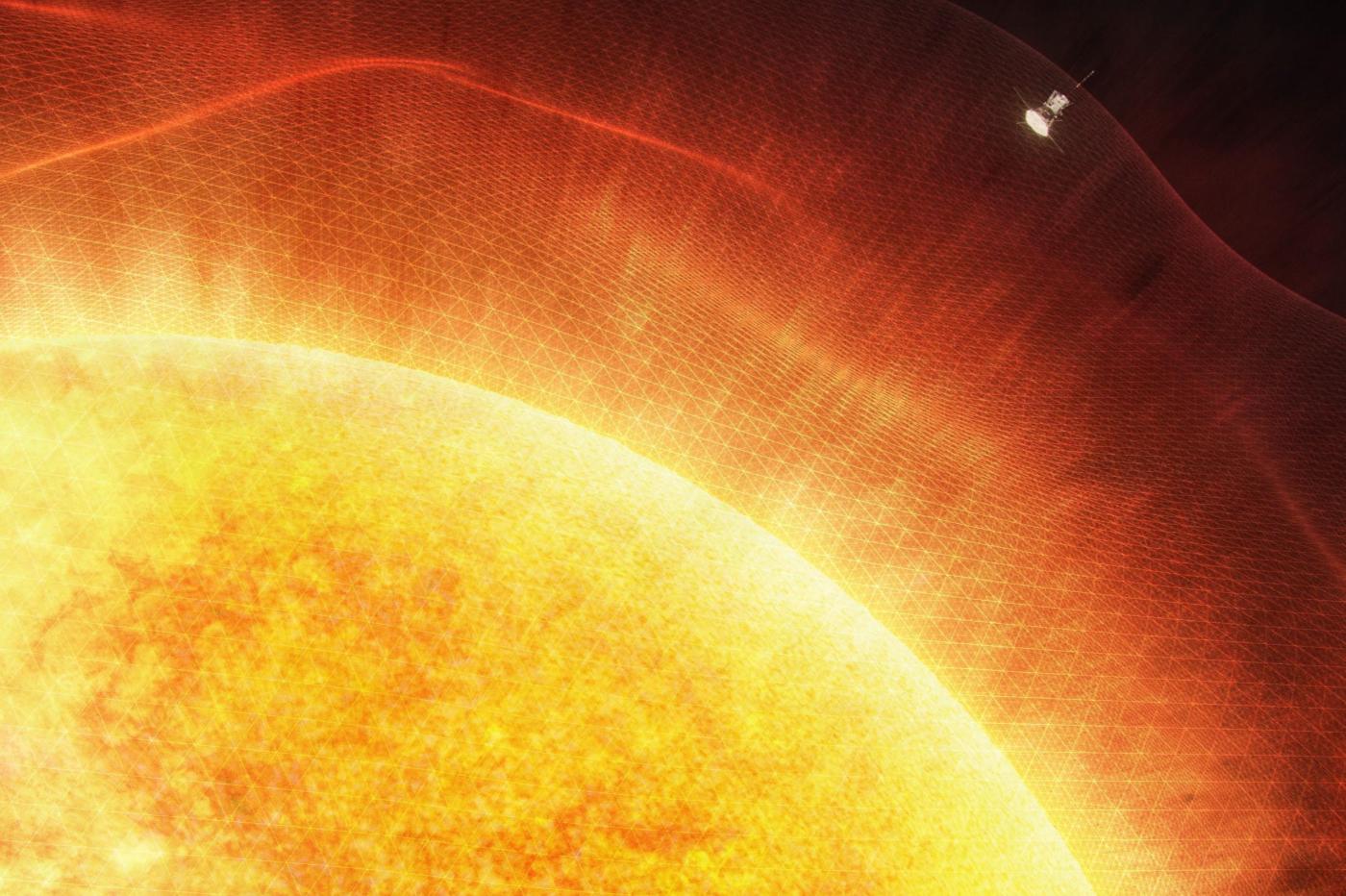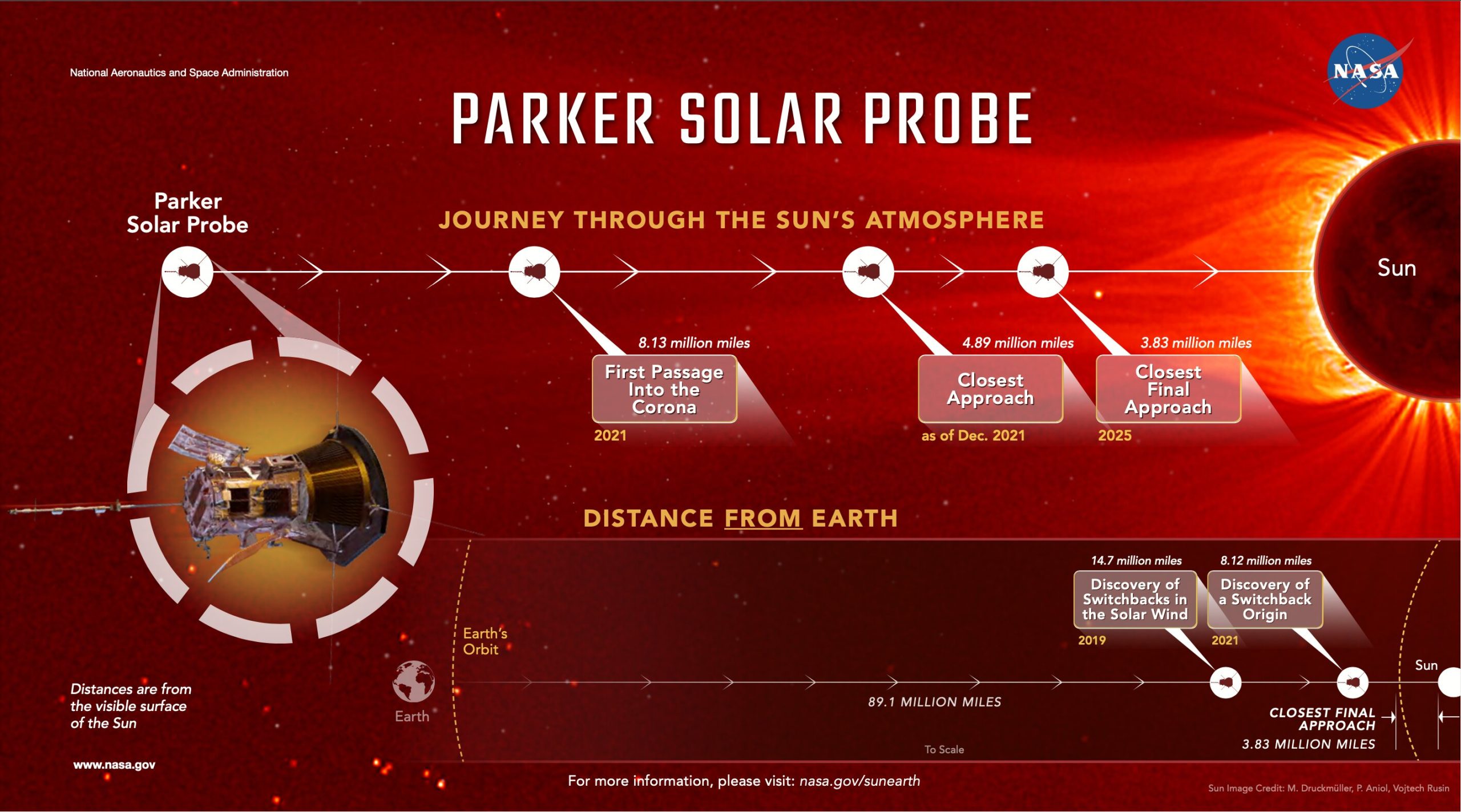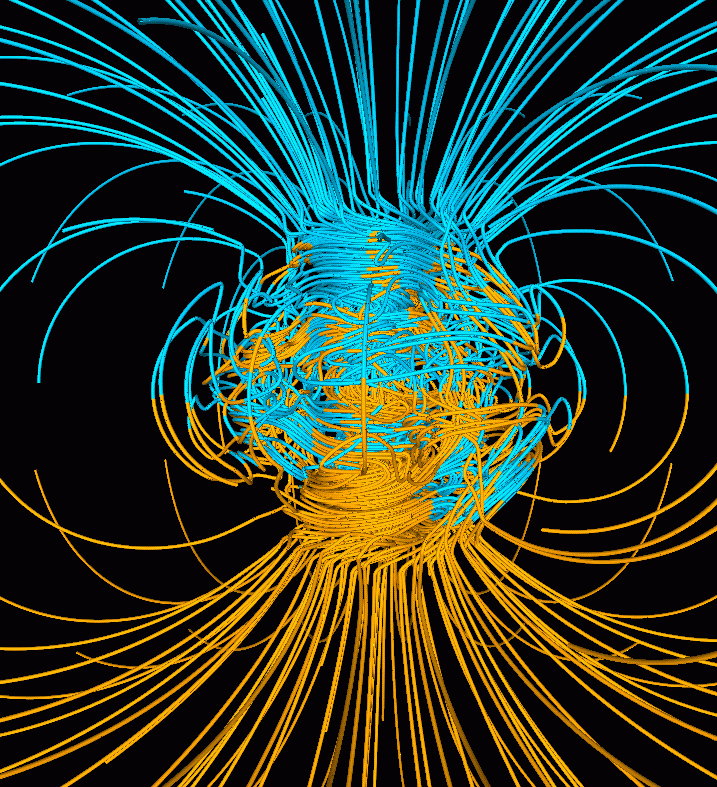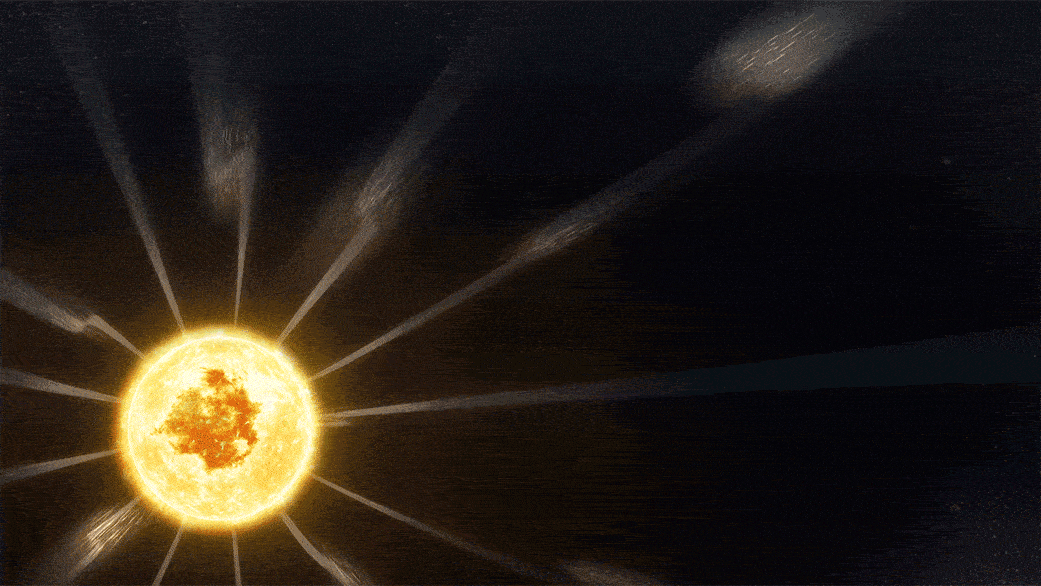
The Parker Solar Probe space probe has become the first machine to cross the mythical barrier of the solar corona. A “monumental” stage which suggests new and very exciting discoveries.
Since the dawn of time, all forms of life on Earth have been born under the aegis of the Sun. This star has long been considered the embodiment of a divine power which it would be imprudent to approach – and it is not this poor Icarus who will say the opposite. But science now allows us to avoid reproducing his misadventure, to the point of accomplishing what Daedalus had begged his son not to do: in an immense premiere full of scientific and even a little philosophical implications, a man-made machine has finally touched the Sun with its finger.
This historic feat, we owe it to the Parker Solar Probe (PSP), a device designed by NASA with the aim of studying our star. Since it is in substance a vast ball of gas constantly agitated by thermonuclear reactions of unheard-of violence, the probe obviously did not land on its “surface”. It has gradually approached it for several years in a spiral trajectory, while harvesting a maximum of data in the process.
A crucial step in space science
It has already stood out with some conclusive and particularly encouraging results. But quite recently, it became the very first human creation to achieve a feat that has been stirring researchers with impatience for decades: to enter the infernal furnace of the solar corona, the outermost layer of its atmosphere.
It’s hard to overstate the importance of this step, which NASA goes so far as to compare to the conquest of the moon. By flirting directly with the matter that makes up the Sun, the researchers have opened a door that will likely lead them to critical discoveries about this celestial body and its influence on its neighborhood, including Earth.
“Touching the sun with the Paker Solar Probe is a monumental achievement for science, and a truly remarkable achievement”, Moved Tomas Zurbruchen, one of the heads of the mission at NASA. “This step allows us not only to develop our knowledge about the Sun, its evolution and its impact on the solar system, but also on all the other stars of the universe.s ”, he jubilates.

Mapping an open-cast nuclear power plant
The first of these discoveries concerns the very nature of this famous crown. This is defined using a limit called Alfvén critical surface (SCA). It marks the transition between the solar winds and the area on which the Sun exerts its gravitational influence. Until now, researchers had no idea of the exact location of this boundary; but thanks to the probe’s armada of sensors, they managed to intermittently detect particles clearly indicating that the object had passed the SCA. So they could locate the crown boundary with unmatched precision, about 13.079 million kilometers from the surface.
But these first passages in the crown was only one taste of the grandiose show that awaits the researchers. The probe will continue to approach the Sun to spend as much time as possible in this furnace. “It is really important to go to this region, because we believe that it potentially hides all kinds of physical phenomena that are still poorly understood.”, Explains Justin Kasper, main author of this work. “Now that we are getting closer, with a little luck, we can start to observe some of them.. ”
The hunt for switchbacks
It refers in particular to “Switchbacks”, A phenomenon that is still very poorly understood and is one of the priorities of the Parker Solar Probe. It is a complex mechanism which has its origins in regions called “coronal holes”; in essence, these are the dark areas that we see appear in the different photos of the Sun.

Without going into the details of the physics involved, these dark areas correspond to what are called “open lines” of the magnetic field, as opposed to closed lines which describe a loop and return to the sun. (see above). Instead of returning to the star, the solar winds which circulate there thus escape in a more or less rectilinear trajectory… at least in theory.
Because thanks to the Ulysses mission, we have known since the 1990s that these field lines sometimes include funny “zig zags” baptized switchbacks. We know that they are the result of rapid magnetic field reversal, hence their name. But the very origin of solar winds and these switchbacks remains particularly mysterious. Today, it is still the subject of heated debate among astronomers.

Understanding the full dynamics of the Sun
The latest findings from the Parker probe suggest that these winds originate near the surface of the Sun. But that will not be enough to understand all the implications of this extremely complex phenomenon. It will be necessary to continue to scrutinize the surface for many years; and this is precisely what the probe will seek to do in the next few days.
And for astronomers, there is something to be even more impatient with for the rest of the operations. Indeed, discovering where and when the solar winds and the switchbacks could help researchers answer one of the hottest questions around the Sun: how the Sun’s corona can reach temperatures of millions of degrees, much hotter than the star’s surface.
The Parker Solar Probe therefore continues to do wonders, but the hardest part remains to be done; the machine will continue to brave the furnace of the sun hoping to teach us as much as possible. She will continue to do so until her last breath, expected in four years; she will then begin her last journey, which will lead her either to the confines of the cosmos … or directly to the bowels of the Sun. A rather fitting conclusion for this Modern-day Icarus, and which reminds us of how close science brings us to feats that were once mythological.
The text of the study is available here.



